
Dressage horses:An Andalusian at the collected trot
Any riding horse can benefit from use of dressage principles and training techniques. However, horse breeds most often seen at the Olympics and other international FEI competitions are in the warmblood horse breeds category. Dressage is an egalitarian sport in which all breeds are given an opportunity to successfully compete. Therefore, many other breeds are seen at various levels of competition.
In non-competitive performances of classical dressage that involve the "Airs above the ground" described below, the "Baroque" breeds of horses, most notably the Lipizzaner, are most often seen.
There are two sizes of arenas: small and standard. Each has letters assigned to positions around the arena for dressage tests to specify where movements are to be performed.
The small arena is 20 m by 40 m, and is used for the lower levels of dressage and three-day eventing dressage. Its letters around the outside edge, starting from the point of entry and moving clockwise, are A-K-E-H-C-M-B-F. Letters also mark locations in the middle of the arena: Moving down the center line, they are D-X-G, with X in the center. Since the combination of Equine Canada (EC) and United States Dressage Federation (USDF) tests in 2003, the small size arena is no longer utilized in rated shows in North America.
The standard arena is 20 m by 60 m, and is used for tests in both dressage and eventing. The standard dressage arena letters are A-K-V-E-S-H-C-M-R-B-P-F. (There is speculation as to why these letters were chosen. Most commonly it is believed because the German cavalry had a 20 x 60 meter area in between the barracks which had the letters posted above the doors) The letters on the long sides of the arena nearest the corners are 6 m in from the corners, and are 12 m apart from each other. The letters in the middle of the arena are D-L-X-I-G, with X marking the center.
At the start of the test, the horse enters at A. There is always a judge sitting at C (although for upper-level competition, there are up to five judges at different places around the arena).
The dressage arena also has a centerline (from A to C, going through X in the middle), as well as two quarter-lines (halfway between the centerline and long sides of each arena).
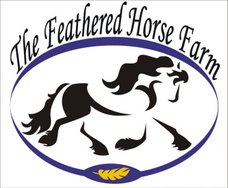


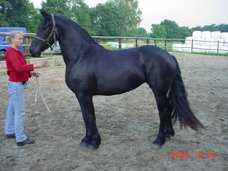
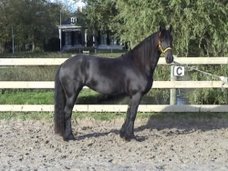
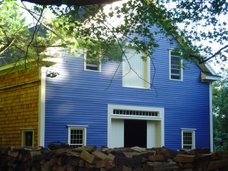
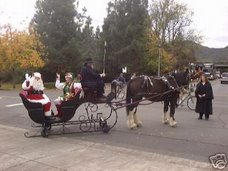



No comments:
Post a Comment